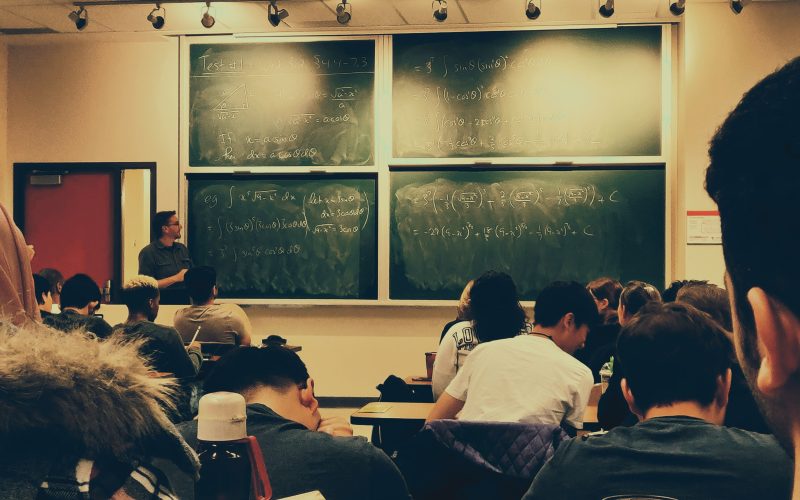Technology has revolutionized the way we live, work, and learn. In the digital age, technology has become an integral part of education, transforming the way students learn and teachers teach. From online learning platforms to interactive whiteboards, technology has opened up new possibilities for education. In this article, we will explore the impact of technology on education in the digital age.
Increased Access to Education
One of the most significant impacts of technology on education is increased access to education. With the rise of online learning platforms, students can now access education from anywhere in the world. This has opened up new opportunities for students who may not have had access to education otherwise. Online learning platforms also offer flexibility, allowing students to learn at their own pace and on their own schedule.
Improved Learning Experience
Technology has also improved the learning experience for students. Interactive whiteboards, for example, allow teachers to create engaging and interactive lessons that capture students’ attention. Educational apps and games make learning fun and engaging, helping students to retain information better. Technology has also made it easier for teachers to personalize learning, tailoring lessons to individual students’ needs and abilities.
Enhanced Collaboration and Communication
Technology has also enhanced collaboration and communication in education. Online learning platforms allow students to collaborate on projects and assignments, even if they are not in the same physical location. Video conferencing tools make it possible for teachers to connect with students in real-time, regardless of their location. This has made education more inclusive and has opened up new possibilities for collaboration and communication.
Challenges of Technology in Education
While technology has had a significant impact on education, it has also presented some challenges. One of the biggest challenges is the digital divide, where students from low-income families may not have access to the technology needed for online learning. Another challenge is the potential for technology to be a distraction, with students spending more time on their devices than on their studies.
Conclusion
In conclusion, technology has had a significant impact on education in the digital age. It has increased access to education, improved the learning experience, and enhanced collaboration and communication. However, it has also presented some challenges, such as the digital divide and the potential for distraction. As technology continues to evolve, it will be important for educators to find ways to harness its power while addressing these challenges.












